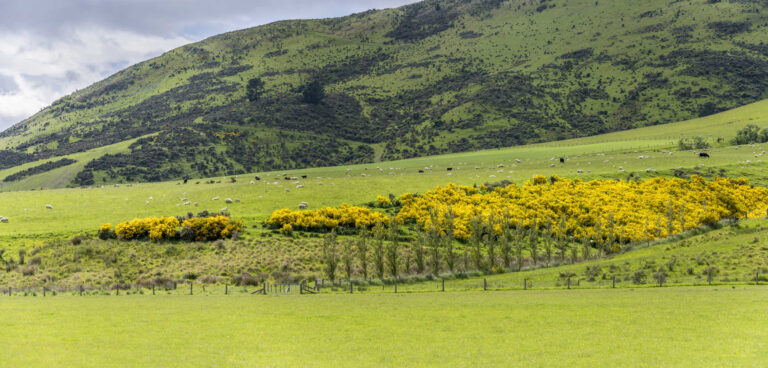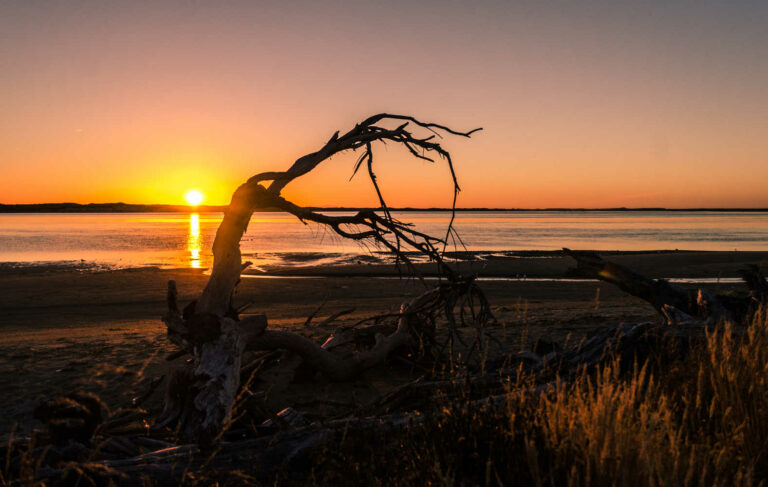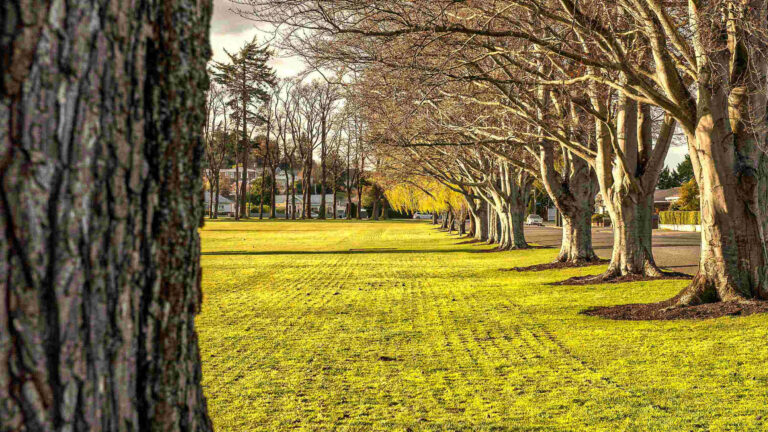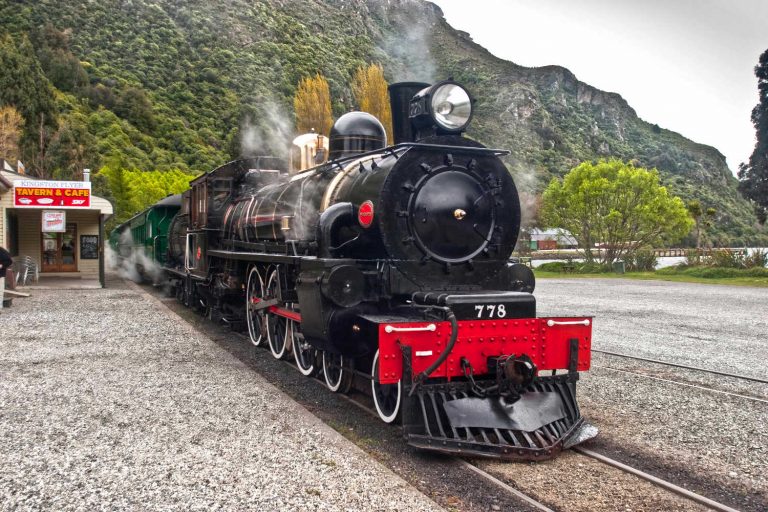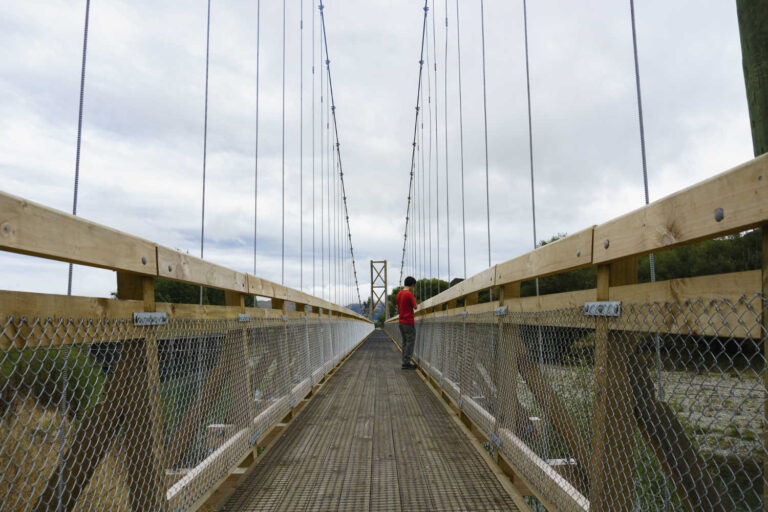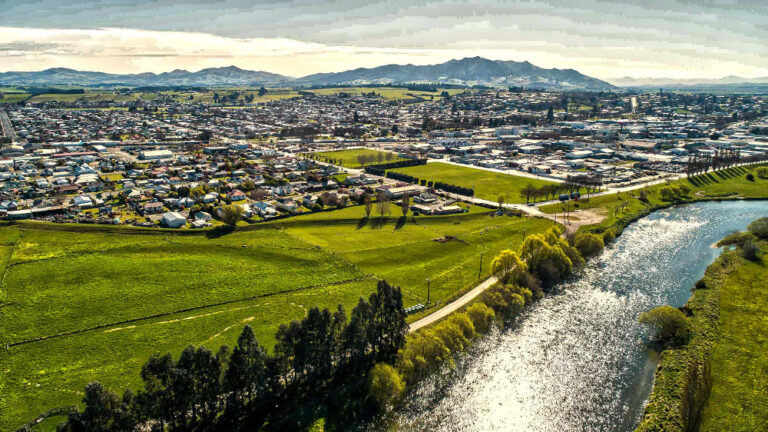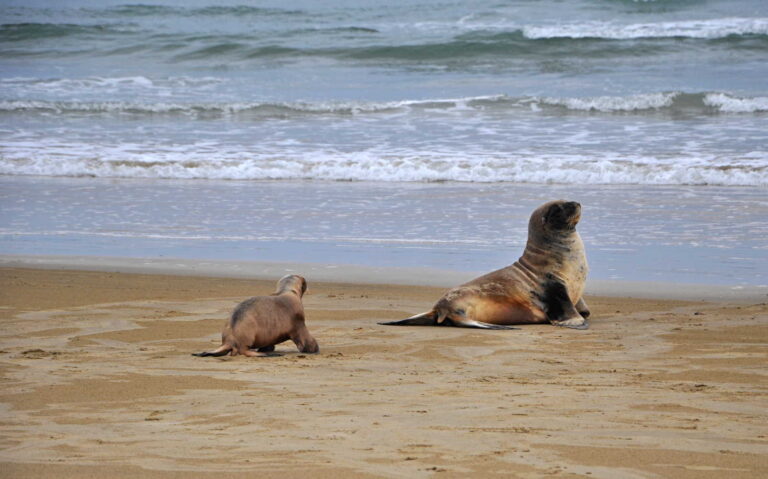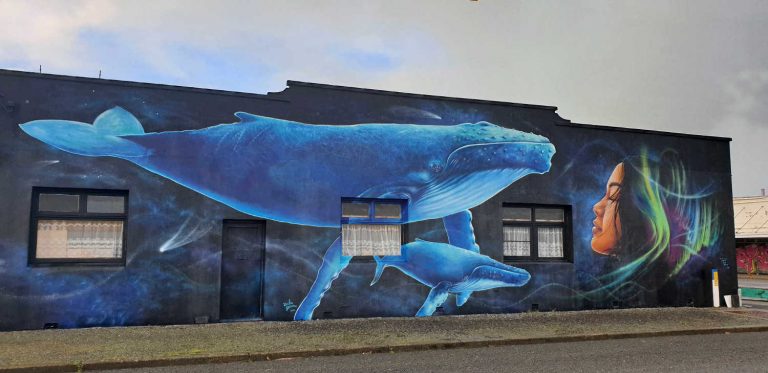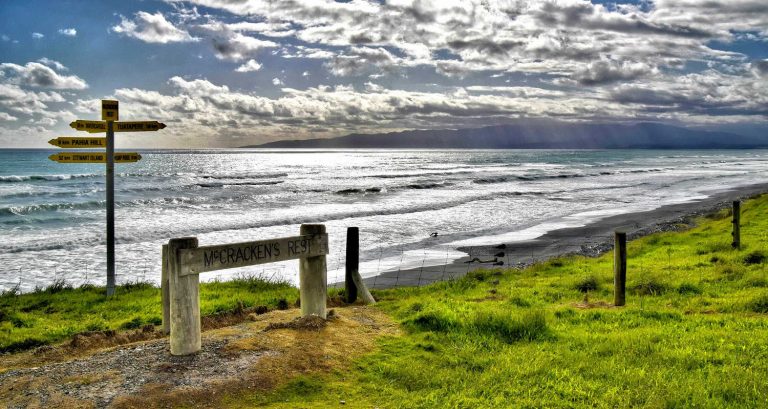The heart of the South, a quiet rural rown worth a visit
Winton there are plenty of things to do.
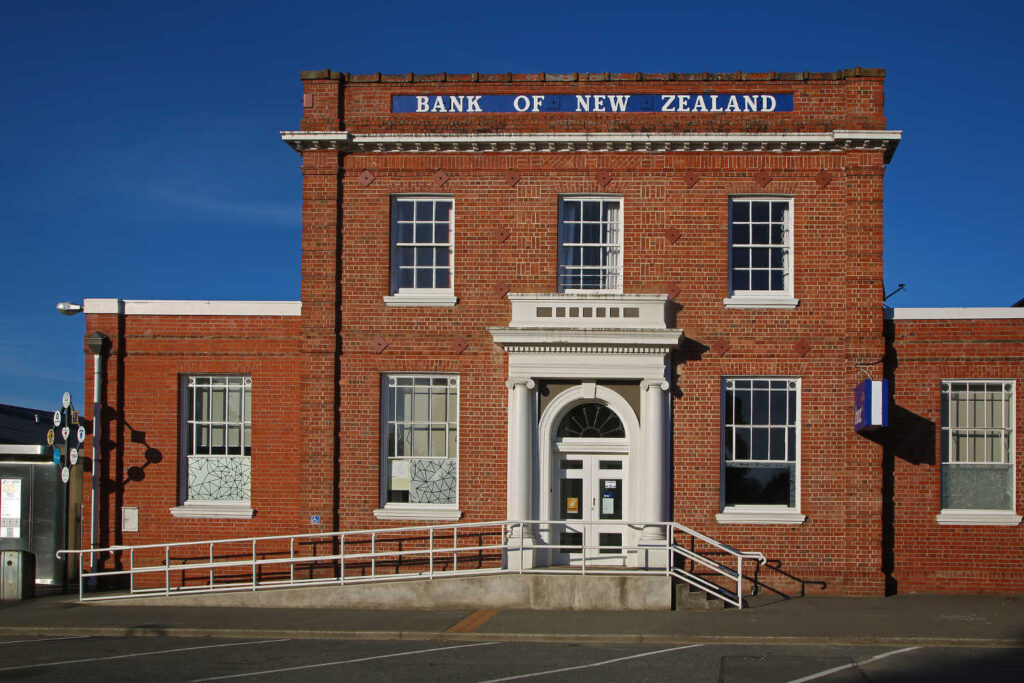
What to do, Highlights
- Ice cream for age groups
- A great leisurely stop for holiday makers
- Winton heritage trail
- Sod Cottage, the wattle and daub cottage (1860’s) was a stopping place for miners heading to the Tuapeka Goldfields. It has been restored by the South Otago Historical Society. Check with Society for opening hours.
The Winton Heritage Trail is a 14 stop heritage walk through the town, from the old post office, to the homes of prominent residents in the town’s history. Each stop has a heritage plaque. Most buildings can only be viewed from the exterior. The town has a local museum managed by volunteers. Check for opening hours to avoid disappointment. Check travel pack information for heritage trail brochure.
Fame
- Kingston railway line, once one of the more important lines in the country, declined during the 1970s, and most of it closed on 13 December 1982.
- David Hall, the popular Southland Rugby Union player was born in Winton
- Deputy prime minister Bill English and Sir Sir Brian Tallboys from the 1970
Notoriety
- In 1895 the town’s resident, Minnie Dean was, found guilty of child murder and hanged. The only woman to be executed in New Zealand
Where to take the best selfie
- Gardens in the middle of the main street
- Historic building facade as a backdrop
Quirkly facts
- Winton is a very popular name for towns, there are over 21 Wintons in the world
Festivals
- Winton Open Day (November)
- Farm Jam, cross country motor bike racings, an ultimate dirt jumping competition and festival.
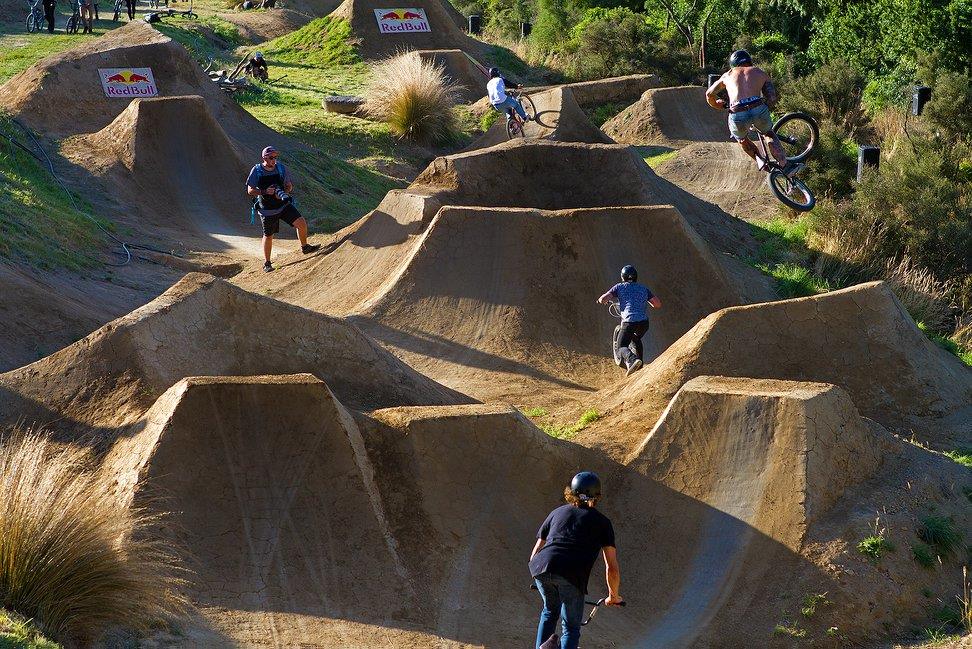
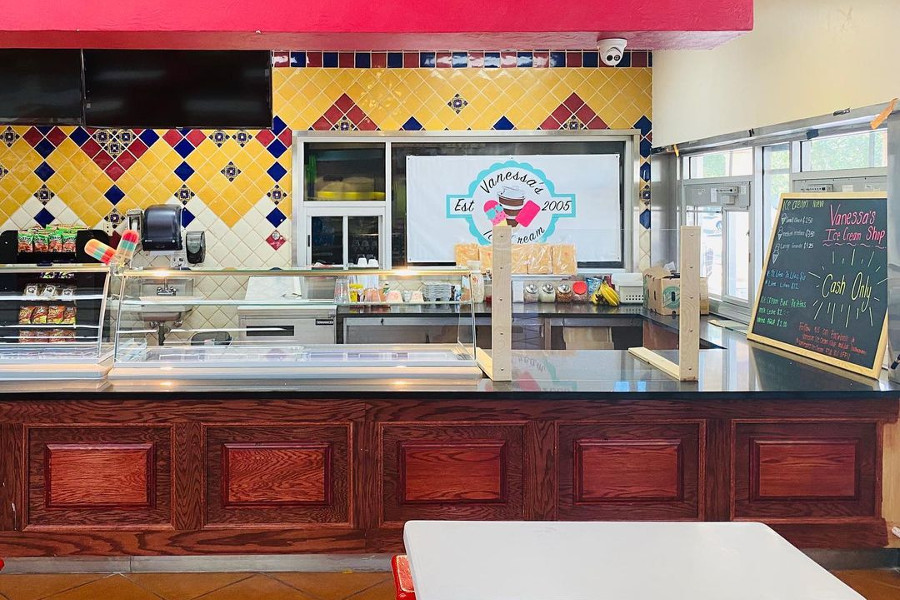
Kids
- Ivy Russell Reserve park with a creek that kids and dogs paddle in
- The Oval, cultivated space in the middle of town with band rotunda and big trees, perfect place to consume ice cream
- Vanessa’s Ice Cream Shop (@vanessasicecream)
Motto
- The heart of Southland (third largest town)
Social meadia
Weather
Population
- 2,220 (2020)
Who turned up and settled in Winton?
- Thomas Winton regularly drove stock through the region in the 1850’s. He would camp by a stream, known as Winton creek searching for lost stock. In 1861 a town emerged as the terminus of the first section of railway from Invercargill to Kingston in 1861. The town took its name from the creek. Winton became a stop on the gold rush. Today an agricultural service centre. It is 32km north of Invercargill, on the route to Queenstown and Te Anua.
What keeps the place going
- Agricultural service town
Be safe
- Between late May to mid-July is duck shooting season. In Winton it is taken very seriously.
Judgment
- Half a day to browse the local shops, the heritage trail and explore the area.
Every town adds to the richness of things to do and see. For more details about the region check Invercargill & Southland Region nearby attractions and events.
TRAVEL PACK INFORMATION
Dean, Williamina
1844–1895
Baby farmer, convicted murderer
This biography, written by Lynley Hood, was first published in the Dictionary of New Zealand Biography in 1993.
“Minnie Dean was born Williamina McCulloch on 2 September 1844, at West Greenock, Renfrewshire, Scotland, the fourth in a family of eight girls of Elizabeth Swan and her husband, John McCulloch, an engine driver with the Glasgow, Paisley and Greenock Railway. Of her life between the death of her mother of cancer in 1857 and her arrival in New Zealand nothing is known. She appeared in Invercargill in the early 1860s as Mrs McCulloch, a widow with two small daughters. Her neighbours believed that she had come from Tasmania where her physician husband had died. No evidence of her marriage, the births of her children or the death of her husband has been found.
On 19 June 1872 Williamina McCulloch married Charles Dean, an innkeeper, formerly of Tasmania, at his home in Etal Creek, Southland. During the 1860s Etal Creek had flourished as a wagon stop on the four-day journey from Riverton to the Central Otago goldfields, but by 1872 the gold rush was over – Etal Creek had become a backwater. In 1878 Charles Dean turned to farming. In 1882 his rabbit-infested 300 acres, on which he ran 150 sheep, were valued at £1,200. In 1884 the land boom collapsed and Charles went bankrupt. He was discharged six months later, but by then the Deans were destitute.
Both Williamina’s daughters had married and left home by this time, but in 1880 the childless Deans had adopted a five-year-old girl, Margaret Cameron. About 1887 Minnie, Charles and Margaret moved to Winton where they took possession of The Larches, a two-storeyed, seven- or eight-roomed house on 22 acres a mile out of town that had been abandoned to the mortgagee two years earlier. The house burned down soon after they moved in. On the site Charles built a two-roomed cottage with a lean-to. He then began raising pigs, and his wife began taking in unwanted babies for payment.
The practice of ‘baby farming’, as it was known, was a necessary evil in Western countries at this time. Effective contraception was not widely available, abortion was dangerous, unmarried mothers were ostracised and little provision was made for the care of their offspring. Many desperate women replied to Minnie Dean’s discreet newspaper advertisements: ‘respectable Married Woman (comfortable home, country) Wants to Adopt an infant – Address, Childless, Times Office’. A legal agreement was signed for most of the babies she took in; some were taken for 5s. to 8s. a week, others were adopted for lump sums of between £10 and £30.”
Unique journey, personal stories, the adventure is worth it.


